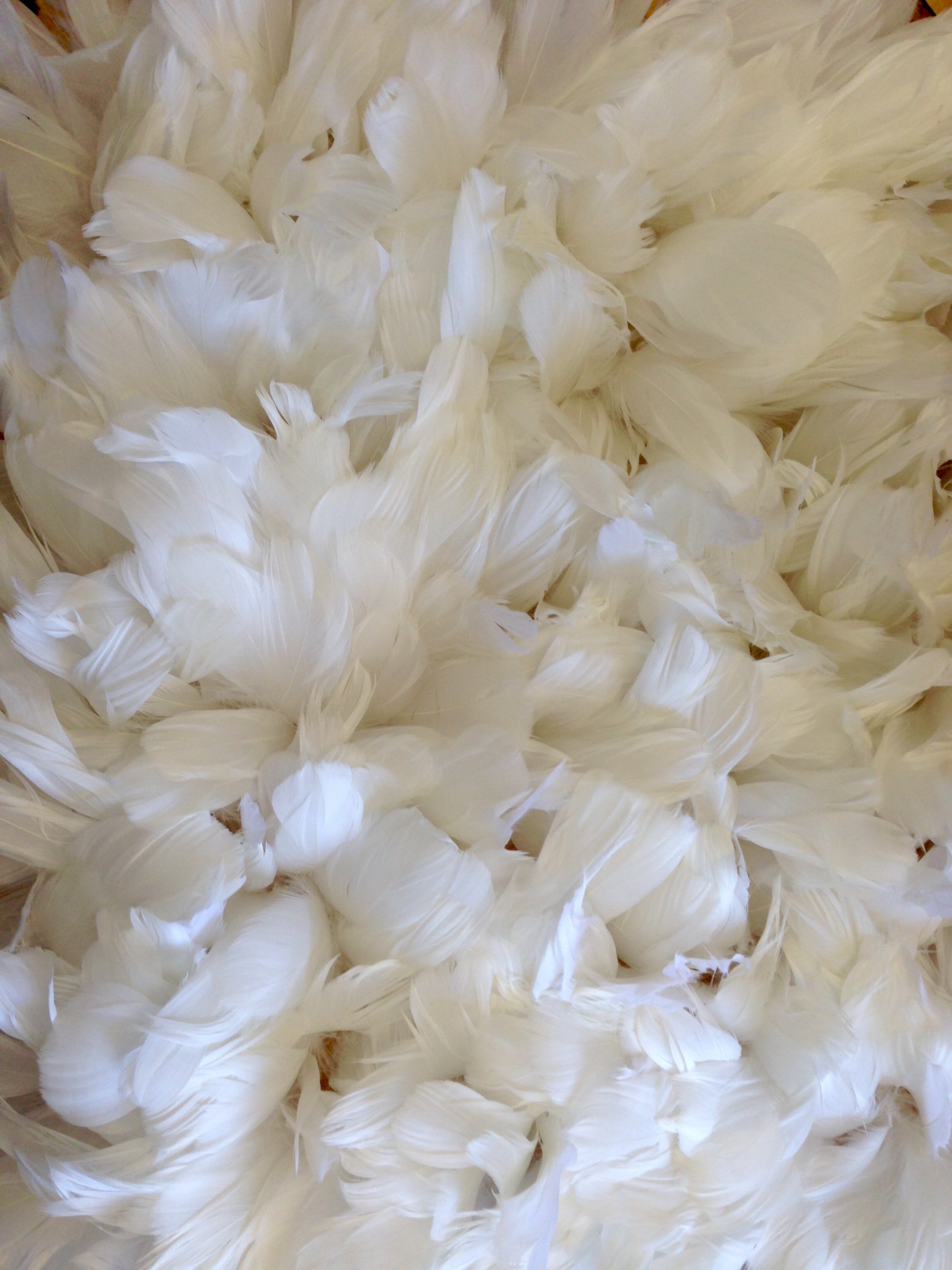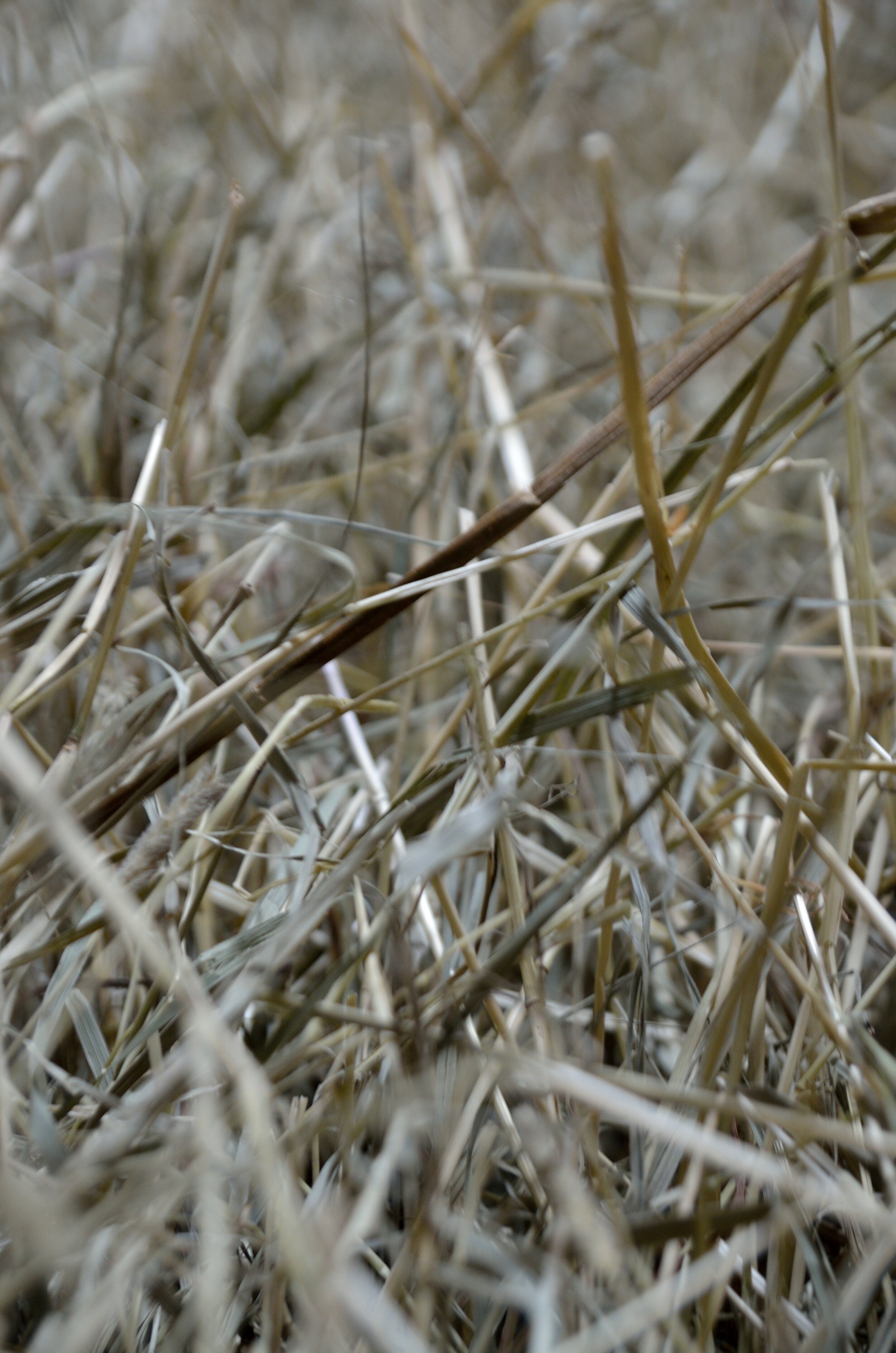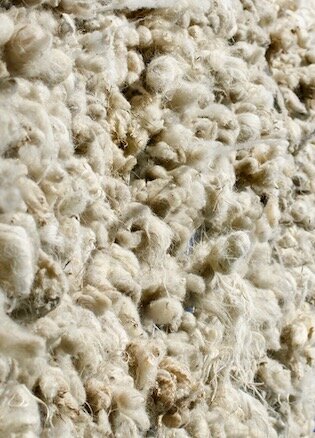Angles of Suspension
Bee shadow on rose
Fall 2020
We cannot let pollinators become shadows. Shadows are ephemeral, they come and go with the sun and clouds, with dawn and dusk. Without light they cannot exist. Pollinators need proper habitat to survive, and like shadows, are dynamic and alive but face a temporary existence as we push their survival boundaries to the limit with urban expansion, land clearing, and consumptive habits. Here, photographed shadows are a suspension of time, an attempt at the preservation of pollinator populations by capturing an ephemeral moment.








